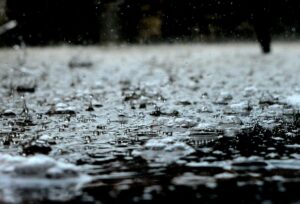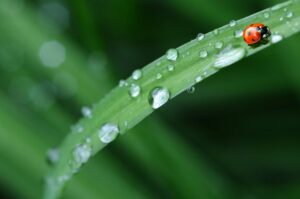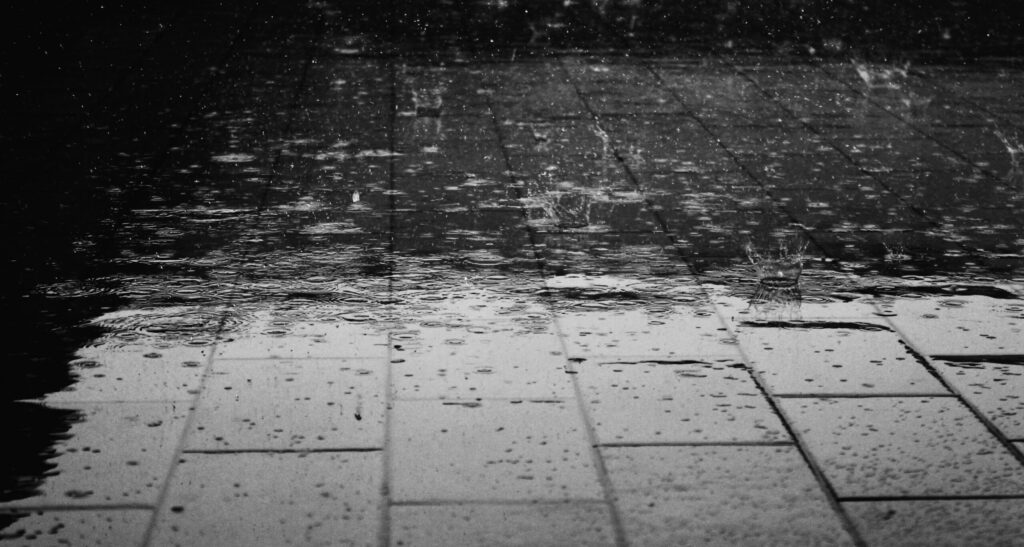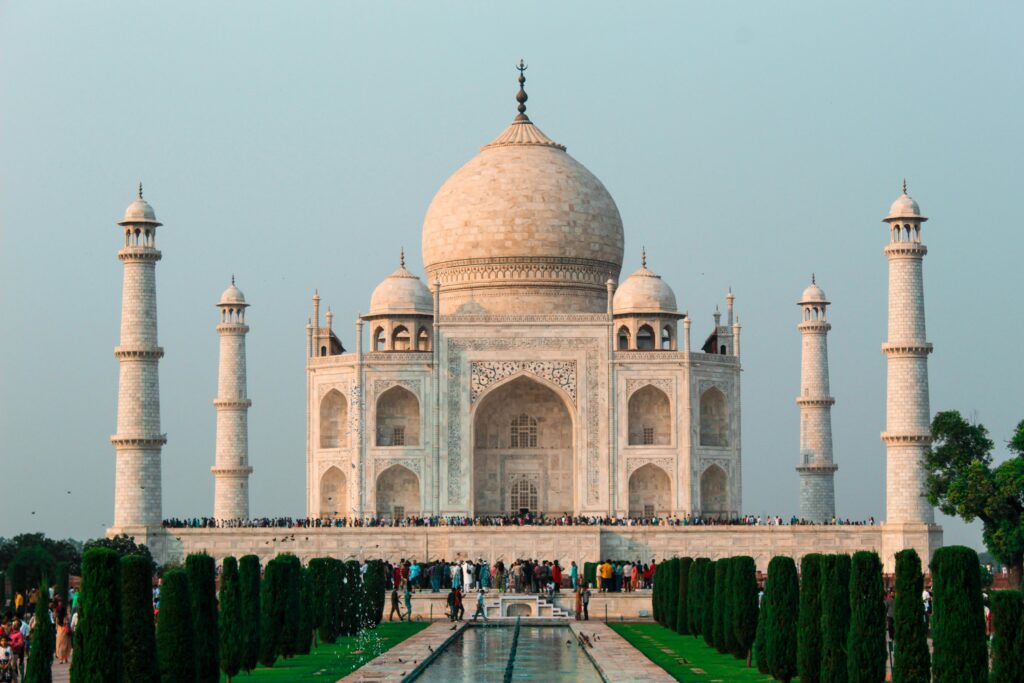The rainy season during monsoon is one of the most eagerly anticipated and rejoiced periods of the year in the entire world, particularly in South Asia. It typically sets in towards the end of June and lasts through September, providing much-needed rain to areas that are dependent upon agriculture. While monsoon showers relieve blistering heat and restore the natural attraction of the terrain, they also present with some problems that impact everyday life.
Perhaps the most magical thing about the monsoon season is the change it makes to the environment. The parched, dusty land instantly comes alive and turns a fresh green, rivers and lakes overflow, and the air is filled with freshness and coolness. For agricultural communities, the season is like a miracle. The rain fills up the fields naturally, and crops such as rice, maize, and sugarcane grow in abundance. In fact, the entire economy of agriculture-dependent countries largely relies on the timely onset of monsoons.

Kids love playing in the rain, individuals treat themselves to hot foods such as pakoras and samosas, and raindrops fall into the background to create a calming atmosphere in everyday life. For artists, writers, and poets, monsoon is a bottomless pit of inspiration. It represents romance, rebirth, and emotional depth in music and literature.
But the charm of monsoon has a darker side too. Too much rain too often causes flooding in urban and rural areas. The poor drainage system gets choked up and causes waterlogging, affecting traffic and properties and infrastructure. Entire populations are even forced to leave their places of residence in some instances because of the threat of water-borne diseases and landslides. Urban cities, particularly those poorly planned, are the worst hit during the monsoon season.

Health issues also increase during monsoon. The moisture and still water act as breeding areas for mosquitoes, which cause an upsurge in diseases such as malaria, dengue, and chikungunya. Contamination of water may also lead to stomach infections and diarrhea. Therefore, personal cleanliness and safe drinking water should be ensured during this period.
In spite of all these problems, humans eagerly wait for the monsoon each year. Its coming is welcome with hope, happiness, and a reminder of nature’s fury. Farmers hope for bumper rains, couples enjoy the beauty of rain-soaked nights, and all take a respite from hustling life as the world outside them comes to a standstill during the rains.

To maximize the use of this season, governments can enhance urban infrastructure, provide for proper waste disposal, and make awareness about health precautions. At the individual level, individuals can remain indoors during heavy rainfall, refrain from walking in floodwaters, and apply mosquito repellents to keep themselves safe.
In short, the monsoon season is a season of beauty and responsibility. It rejuvenates the planet and raises spirits, yet it also calls for readiness and caution. By being obedient to nature and taking the appropriate precautions, we may be able to savor all the beauty this enchanting season has to offer.



